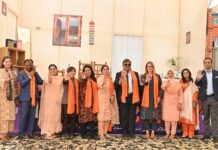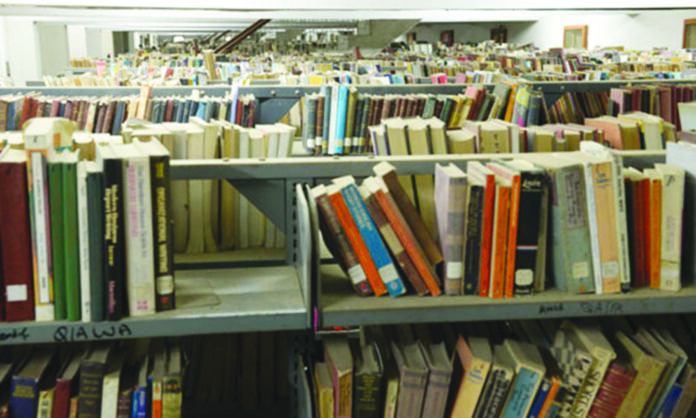The Collins English Dictionary defines a school library as “a library within a school where teachers and students can access books and other resources.” A school is an educational institution where students acquire knowledge, values and skills through structured instructions and learning experiences from their teacher. The mission of a school library is to support and enhance the learning level of students, teachers and the community through resources and services that promote literacy, facilitate learning and foster intellectual growth in the community living in the schools.
School libraries are important in providing students with access to a wide range of informational resources like books, periodicals, multimedia material, and digital databases in order to explore diverse topics and deepen their understanding of the subject beyond what is covered in the classroom.
The school library’s motto is to promote students’ literacy skills to make them critical thinkers and lifelong learners in the future. The school library plays a commendable role in their students’ cultural and intellectual enrichment. It not only supports the school curriculum but also encourages students for inquiry-based learning. School libraries allow students to explore their topic of interest and engage them in independent inquiry to grow professionally.
Some scholars believe that school libraries are great sources of inspiration in promoting their students’ digital literacy and intellectual curiosity. School libraries are said to be vital in promoting a sense of belonging, community, and shared intellectual pursuits. In other words, school libraries are essential to the educational ecosystem, fostering a culture of inquiry and promoting literacy and lifelong learning services.
In advanced countries like the USA, China, Germany and France, the role of school libraries is crucial. They are considered a pillar of personal growth, intellectual capability, and the lifelong journey of students, according to the American Library Association report on overall libraries. As of the 2022 report, there were 131,848 libraries in American states; of them, public school libraries were 82,300, and private school libraries recorded as 22,991.
Private schools are preferred over public schools in developing countries like Pakistan. The education systems at both public and private sector schools are in a harrowing state of affairs. According to education statistics of the Pakistan Institute of Education, a subsidiary part of the Education Ministry, there are a total of 313,418, which includes both public and private schools. Most of these schools lack educational quality and need toilet facilities, drinking water, playgrounds, among other things. Among these alarming issues, only a few schools have small libraries to show the stakeholders how civilized we are. These libraries are available in urban areas only. The schools in rural areas do not even have their own buildings, and the majority of the students study under the trees. The situation in Sindh and Balochistan schools is that they live under God’s mercy.
What is to be done? There is a dire need for concerted efforts to highlight these issues in various forums like the National Assembly and on social media sites like Facebook and Twitter. Above all, complaints should be filed against the school mafias who fool poor people. Investing in school libraries will help improve literacy rates, enhance educational outcomes and foster a love of learning. Let’s raise a voice on different forums and equip the school with rich libraries.
Even though the position of elite schools like Beaconhouse, city schools, convent schools, OPF and other schools serving the defence forces is that they are equipped with rich libraries, playgrounds, drinking water and rich laboratories, they are still using these services to attract customers and show them that how literate they are.
The position of public schools in Pakistan is worse than that of private schools. Public schools in Pakistan face numerous problems like budget constraints, large student populations, government oversight, and emphasis on accessible education. Most of the buildings in urban areas are filled with huge populations, and there is no single room to maintain and sustain a library to meet the intellectual growth of the children. Though official documents state that each school should have a small library with up to 3000 books, teachers diminish the library building to a classroom or reserve it as a common room.
Various factors influence the library structure in Pakistani schools: Limited resources for school libraries, lack of qualified staff like trained librarians, infrastructure challenges, language barriers, and low reading culture among teachers and students. A question, however, arises in mind: who is responsible for the poor culture of the libraries? Undoubtedly, government authorities, stakeholders of the schools, educational institutions, and above all, the unqualified staff with BA degrees and Inter certificates.
What is to be done? There is a dire need for concerted efforts to highlight these issues in various forums like the National Assembly and on social media sites like Facebook and Twitter. Above all, complaints should be filed against the school mafias who fool poor people. Investing in school libraries will help improve literacy rates, enhance educational outcomes and foster a love of learning. Let’s raise a voice on different forums and equip the school with rich libraries.





















